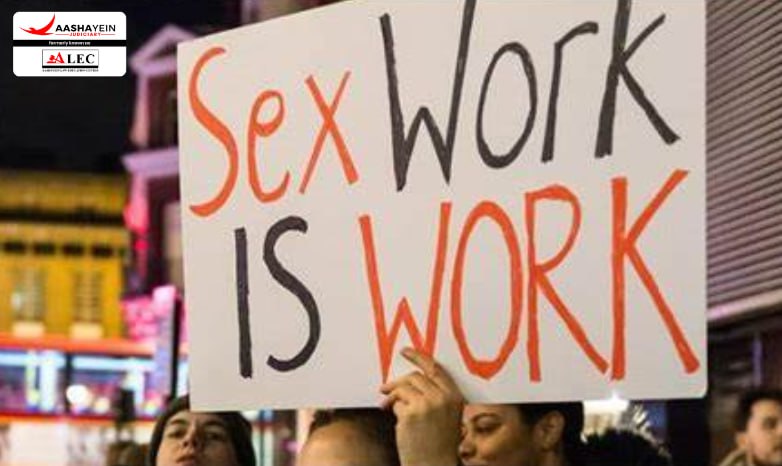The petition, filed as a public interest litigation by Advocate Gaurav Jain, sought the court's intervention to address the rights and rehabilitation of prostitutes in India. The petitioner sought a declaration affirming several fundamental rights for prostitutes, including freedom, protection from re-entrapment, and socio-economic empowerment to ensure equality, dignity, and social integration.
Issues raised
1. Rights of Prostitutes: The petitioner emphasized the need to recognize prostitutes as free citizens with the right to dignity, economic empowerment, social justice, and self-reliance. The plea argued for measures to support their reintegration into society and protect them from being trapped again into the cycle of exploitation.
2. Rights of Children of Prostitutes: Building on the earlier case (Gaurav Jain v. Union of India, 1990 Supp SCC 709), the petition addressed the plight of children, especially girls, born to prostitutes. While the court had previously rejected the plea for hostels to shelter these children, it acknowledged the necessity of segregating them from their mothers to shield them from harmful influences.
3. Eradication of Prostitution: The petition also underscored the broader aim of eradicating prostitution through systematic rehabilitation and reintegration efforts, focusing on ensuring socio-economic opportunities for women to break free from exploitative environments.
You can also read the Blog by visiting [Blog]
For more information, visit [Aashayein Enquiry Section]
Arguments:
The petitioner relied on various provisions of the Constitution of India such as Art 14, 15(3), 16(1), 21, 23, 24, art 38, 39(f), 45 & 46 of the Constitution along with Universal Declaration of Human Rights, 1948-art 1, 4 & 6, & Declaration of Rights of Child. The petitioner intended to support these provisions to point out that even such societal practices like prostitution were present in different forms throughout history, which were at times justified on religious grounds, as it is the case of “Devadasis” and “Joginis” or due to commercial interests.
Judgment
The court, after analyzing various statistical data and the social realities, proposed solutions based on two main objectives:
Through the Juvenile Justice Act, the court aimed to improve the lives of children associated with prostitution by categorizing them as neglected children. It identified causes such as family traditions, customs, illiteracy, coercion, poverty, ignorance, fear of social stigma, and even women from affluent backgrounds turning to prostitution for luxury. The court recommended setting up Child Development and Care Centers to support these children, managed in coordination with NGOs. It also encouraged voluntary initiatives to combat this social issue.
The court suggested addressing prostitution through the Immoral Traffic (Prevention) Act, 1956. It proposed expanding the definition of "prostitution" by including the term "abuse" to cover acts against good order. The interpretation of "brothel" was broadened to include any premises where a woman offers her body for promiscuous sexual acts for money. The court clarified that even a single instance of such activity, supported by circumstantial evidence, would be sufficient to apply the law, without requiring proof of repeated acts or actual intercourse.
The judiciary recognized the grave issue of prostitution as a persistent social evil perpetuated through a vicious cycle. It observed that a prostitute, while serving her clients, often gives birth to a child. To cover the expenses of raising the child and ensuring their upbringing as a responsible citizen, she incurs significant debts from her clients. Ultimately, these unpaid debts are passed on to the child, who grows up in the same environment and is compelled to follow in her mother’s footsteps.
To address this issue, the court emphasized the need for a comprehensive approach based on the “3C's”- counseling, cajoling, and coercion. This approach aimed to enforce existing legislation and encourage voluntary initiatives to combat the problem effectively, preventing it from further eroding the social fabric

